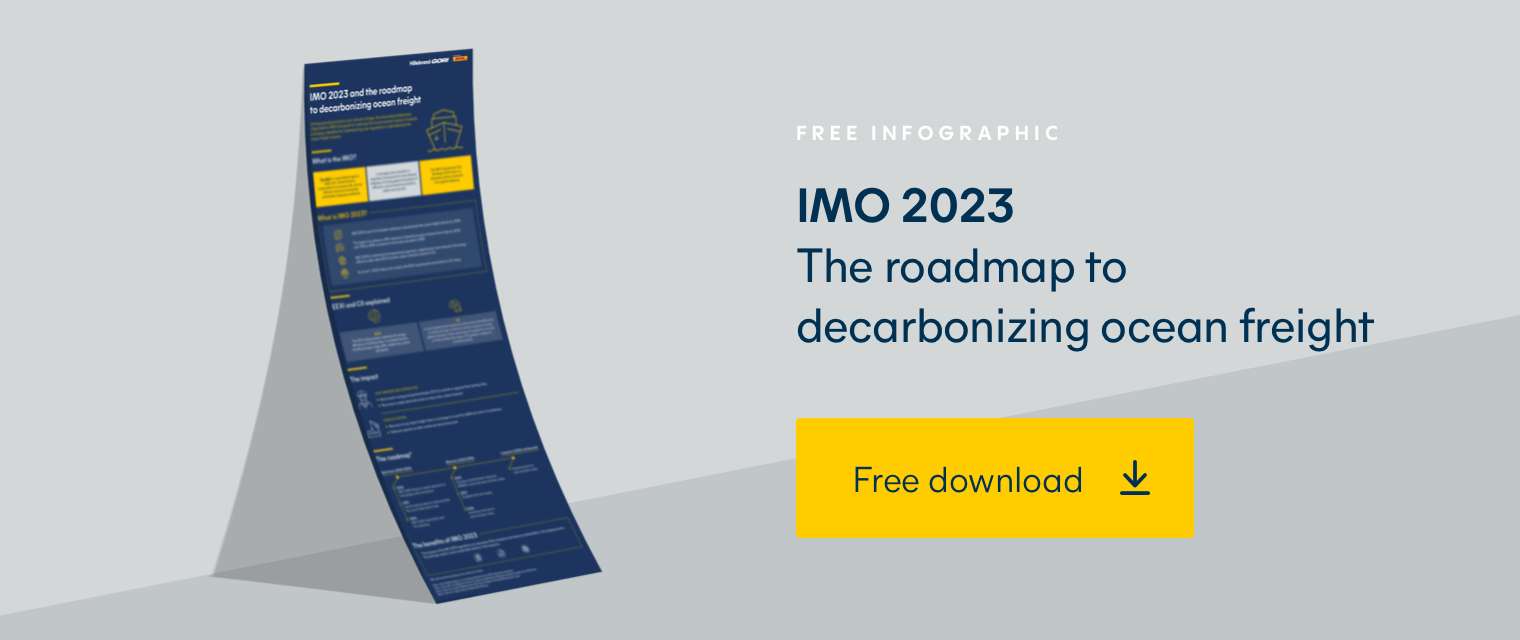Budgeting for your ocean freight rates is an integral part of shipping wine or other alcoholic beverages, which is why getting an accurate ocean freight quote is so important. But charges can vary between carriers, and it can be difficult to not only compare ‘apples with apples’ but work out what the total cost will be.
It’s worth keeping in mind that the ocean freight rate quote that you receive will be in line with the Incoterm® that you are using or have agreed on. Incoterms® are internationally recognized rules that set out who is responsible for paying for and managing the shipment, customs clearance, and documentation. You can read more about Incoterms®, and the 2020 update to the rules, in our article here.
So how is an ocean freight rate calculated, and how can you work out your freight costs?
How do you calculate ocean freight rates?
An ocean freight rate is the cost of transporting shipping containers by sea, between ports. The cost of ocean freight is based on a range of factors. Here are some of the factors that go into a typical ocean freight rate:

You may also come across other charges in your ocean freight rate , depending on the carrier and transport route. Other costs to be aware of include:
- Currency Adjustment Factor (CAF): charge to account for fluctuating currency.
- General Rate Increase (GRI): a general rate increase that an ocean carrier can choose to apply. The GRI may vary between carriers, trade lanes and month to month. It is also worth noting that any carrier shipping to/from the US must announce their GRI with at least 30 days notice.
How much does it cost to ship a 40ft container?
The cost of shipping a 40ft container depends on the trade lane (route) used, equipment availability and the type required, vessel capacity and the current rate of exchange (ROE). International shipping costs have been rising since the COVID-19 pandemic, in some cases as much as four times compared to pre-pandemic costs. Now, international freight indices are more or less back around pre-pandemic levels, with exceptions depending on some trade lanes and their market situation. But across many trade lanes, cargo volumes are now falling, and ocean freight rates have come down as congestion eases. For example, the cost of shipping containers from China to northern Europe fell by two-thirds in 2022. Spot rates are also decreasing quickly.
While the actual cost of international ocean freight is still above pre-pandemic levels, getting an accurate quote can help you plan your wine or other alcoholic beverage shipment.
How to get the best ocean freight rate for your business
Each transport company has their own ways of creating and presenting a quote, and some will include items or services that others don’t. To get the best freight rate for you, it’s important to ensure your ocean freight rate states or includes:
A validity date
The freight quote you receive will have a validity. The validity of the quote tells you how long the price will remain the same for. If you accept an ocean freight rate quote after the validity date, be aware that the cost might have changed.
Fuel
Check to see whether fuel, sometimes called BAF, is included in your quote. Because of fluctuations in the cost of fuel, some transporters give a fuel quote that is valid for a set period of time. Others may quote for fuel costs at the time of shipment. Check if your quote includes fuel costs to ensure you don’t encounter unexpected costs when it comes time to ship your beverages.
Insurance
Insurance is an essential part of shipping internationally, allowing you to recover your cargo costs should unexpected loss or damage occur. Insurance is an optional part of your ocean freight quote, but purchasing an insurance policy really is a must.
Exchange rate
Ideally, you’ll receive a fully inclusive quote, in your local currency. However, you may be given the price per shipping milestone in the currency it is charged from. This is common if your shipment will move between places with different local currencies. If so, you’ll need to calculate the actual exchange rate, based on the rate of exchange in the quote.
Service
Check the type of service included in your ocean freight rate quote. For example, will it be on a direct or trans-shipment service, as this will affect the cost and lead time. The service you’re offered can vary in other ways too, so remember to check:
- The type of container - dry, insulated or refrigerated. Is it suitable for your wine or other beverages?
- If insurance is included, and to what value and compensation
- If temperature control equipment is included, if needed
- If customs clearance is included
Get a free quote for your international ocean freight
Working with a freight forwarder you can trust to handle your shipment smoothly is important. If something unexpected goes wrong, e.g. the Suez canal block or blank sailings, having support to find alternative solutions can make a big difference.
You can request a transport quote from Hillebrand Gori online, or at the office closest to you. We generate clear, detailed freight quotes based on current market rates. Find out more about ocean freight in our sea freight FAQs, or discover the ocean freight services we offer here.
Published 21st February 2023, updated 13th February 2024
Right now, Jan 2024, rates are rising due to ongoing geo-political and economical challenges - Red Sea attacks for example. London-based Drewry Shipping Consultants, reported that the global average shipping costs for a 40-foot container surged by 23% during the week ending January 18, 2024, reaching $3,777. This represents a twofold increase in the last month.
It provides insight into potential changes in shipping costs, allowing you to plan and budget accordingly. By staying informed on market trends, you can make more strategic decisions and mitigate any negative impacts.
A spot rate is the cost of shipping one shipment or container and is often restricted to one vessel. The costs reflect the current conditions of supply and demand within the market at that time. It will often have a short validity date as it is produced ‘on the spot’ for a shipment that is ready to move.
A fixed rate is a a quote that has a longer validity than a spot rate. It is fixed for a period of time to offer the freight payer some stability. Unlike spot rates, the charges remain consistent throughout the contract's duration, regardless of market fluctuations or changes in demand.
How can we help your business grow?





